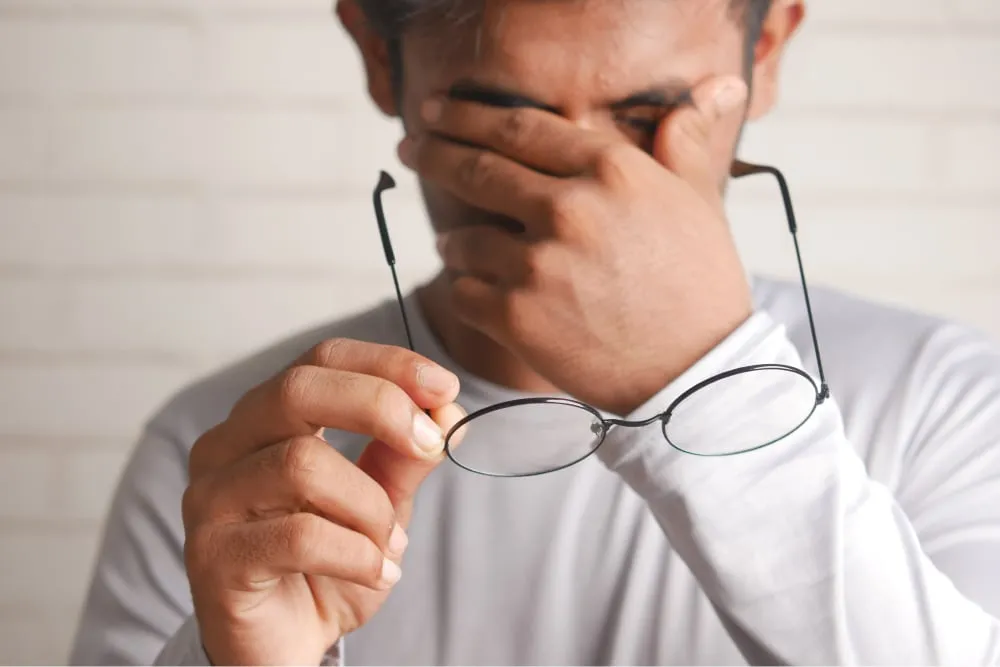What is cachexia?
Cachexia isn't a disorder or disease but rather a complication of disorders and diseases, especially chronic issues. It's common among cancer patients, especially those with advanced cancer, and occurs frequently with chronic kidney disease, chronic obstructive pulmonary disease, and AIDS.1
Cachexia is sometimes called "wasting syndrome" to describe its major signs and symptoms: muscle wasting and loss of body mass. This generally happens to very sick people due to a disconnect between energy input and output.
Why cachexia happens
When the immune system is fighting off a disease, it requires a lot of energy so that the body will raise metabolism as a response. However, these same chronic diseases also often impact appetite, reducing the amount of energy someone consumes. This means the body generally receives less food, even as it demands more than normal.
When there's an imbalance like this, especially over extended periods of time, the body will turn to other sources for fuel, namely, muscles and fat.2 As it continues to mine these sources for nutrients, they start dwindling, eventually creating the "wasting" effect.
Signs and symptoms of cachexia
Wasting syndrome symptoms are generally very physically noticeable and take place over time, especially as someone continues to fight a chronic disease.
Some of the most notable symptoms of cachexia include:
2- Unexplained weight loss
- Muscle wasting, muscle mass loss, or muscle atrophy
- Chronic fatigue
- Chronic weakness
- Loss of appetite
The weight loss associated with cachexia is not connected to dieting or other attempts to lose weight, and it often represents a dramatic amount of body weight lost. Blood tests can help confirm that these symptoms are being driven by cachexia syndrome, as opposed to other complications.
What causes anorexia cachexia?
Cachexia can also be a symptom of anorexia nervosa, as cachexia is often connected to anorexia.
While anorexia nervosa describes an entire mental health disorder, complete with complex and interlocking mental, physical, and environmental causes and symptoms, anorexia simply refers to the lack or loss of appetite. On its own, anorexia can be part of many illnesses, including cancer-associated anorexia.
Cachexia has long been linked to anorexia, the symptom, as the lack of food is generally what drives the body to seek out nutrients, minerals, and proteins in its own muscles, fat, and bones. Severe anorexia nervosa can also lead to symptoms of starvation, including changes in metabolism.4 This can result in similar internal mechanics to those that drive cachexia, including increased internal stress and a major imbalance between metabolic needs and food intake.
Cachexia vs. anorexia vs. anorexia nervosa
The symptoms of cachexia may mirror many of those caused by not eating, but the medical term "cachexia" is distinctive from those for anorexia and anorexia nervosa.
What causes cachexia is not the disease itself but underlying issues related to an imbalance of metabolic needs and food intake. When the body needs more energy (usually due to an increased metabolism related to fighting off illness) but receives less (due to a decreased appetite, often caused by the same illness), it can result in cachexia—the wasting of muscles and body fat.
Anorexia can lead to muscle wasting and loss of body fat, but on its own, it simply describes a loss of appetite, not necessarily the internal dysfunction that leads to muscle wasting.
Anorexia nervosa involves a severely reduced food intake, regardless of appetite. While this weight loss is intentional, as opposed to that related to cachexia, it can result in altered metabolic states and other issues that lead to the same basic imbalance that drives cachexia syndrome.
{{link-bank-one-column}}
Treating anorexia cachexia syndrome
Anorexia cachexia is a very dangerous condition and can lead to permanent damage or even death if left untreated. It's essential to have a comprehensive, multidisciplinary treatment approach to stop the process before it reaches this point.
If someone is struggling with severe anorexia nervosa, to the point of suffering from cachexia, it's very important to have a medical professional monitor their early refeeding process. Someone in this state may be prone to refeeding syndrome, a potentially deadly condition caused by fluctuating electrolyte levels after a period of starvation.
For longer-term recovery, a number of other treatment options can play an important role. While outcomes have been mixed, a combination of nutritional counseling, supplements, medical treatment of GI symptoms, psychotherapy, and medications have had some positive results.3,5
The first step is seeking help from a team of highly qualified practitioners specializing in eating disorders.
Get treatment online
At Within, we offer virtual treatment programs for anyone looking for help treating and recovering from an eating disorder. Our clinical care team will work with you to create a customized plan attuned to your specific needs. Call our admissions team today to learn more about what we do, including our commitment to inclusive care, or to start treatment today.
Get a free consultation 








